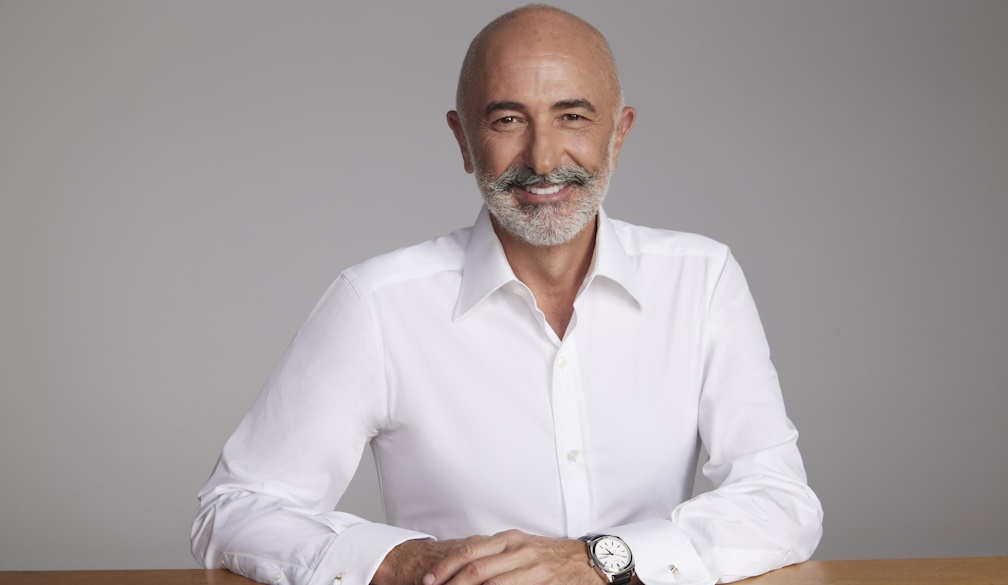Australian Surgeon Speaks Out Against The Dangers of Looksmaxxing

Cosmetic Trends Gain Momentum On Social Media
Cosmetic surgery related content has amassed a total of 29 billion views on TikTok*
Dr. Paul Coceancig, a distinguished Australian surgeon, is speaking out against the dangers of looksmaxxing, particularly the practice of hardmaxxing, which involves individuals turning to cosmetic surgery to optimise their appearance.
Dr. Coceancig is deeply concerned about the rise of self-performed surgeries and the pursuit of extreme cosmetic enhancements for purely aesthetic reasons. His comments come amid The Australian Health Practitioner Regulation Agency (AHPRA) cosmetic surgery reform and the implementation of stronger safeguards for non-surgical procedures, since new regulations were passed in July.
“In today's digital age, social media plays a significant role in influencing people's perceptions of beauty and self-worth. The pressure to conform to unrealistic beauty standards showcased on various platforms can lead some individuals to take drastic measures without fully considering the potential risks involved and consulting with medical professionals,” said Dr Coceancig.
With the hashtag already garnering an astounding 286 million views on TikTok, ‘looksmaxxing’ is a term used to describe individuals striving to improve their physical appearance. There are various subsets of looksmaxxing; softmaxxing that concerns non-invasive and cheap methods to improve one's looks, such as skincare routines and dietary changes, to hardmaxxing, which involves invasive or hazardous methods including skin bleaching and cosmetic surgery.
In addition, cosmetic surgery-related hashtags like #browlift and #bodycontouring have collectively accumulated a staggering 29 billion views. Alarmingly, an overwhelming majority of TikTok users are under the age of 24, making it crucial to address the potential impact of beauty standards on their self-perception and consumer behaviour.
“This concerning development underscores the importance of promoting awareness and responsible use of social media platforms, in-line with AHPRA’s new guidelines, ensuring that young individuals prioritise their well-being and embrace self-acceptance rather than being lured into dangerous and unrealistic beauty trends,” said Dr. Coceancig.
While taking care of one's appearance and overall health is commendable, Dr. Coceancig believes that hardmaxxing can be dangerous and unnecessary.
“It is vital to recognize that surgical procedures should only be performed by qualified professionals in controlled medical environments. Opting for major surgeries solely for cosmetic reasons can lead to serious complications and should not be taken lightly. Jaw surgery, for instance, can provide relief from sleep apnea, breathing issues, and injuries. However, undergoing such major surgeries solely for cosmetic reasons can be risky, unnecessary and may lead to serious complications,” he said.
Dr. Coceancig encourages individuals to focus on optimising their general health and wellbeing through safer and non-invasive looksmaxxing concepts such as skincare, maintaining a healthy lifestyle through sleep, diet, exercise and overall self-care. These practices can positively impact one's appearance, confidence and wellbeing without resorting to extreme measures, unless they are needed for therapeutic purposes.
Dr. Coceancig's stance is supported by data and research* showing a growing trend in self-performed surgeries and risky cosmetic procedures. He urges individuals to prioritise their safety and well-being over external pressures and to seek professional advice before considering any major cosmetic interventions.
For further information on Dr Paul Coceancig, please visit https://drpaulcoceancig.com.au.
https://link.springer.com/article/10.1007/s12144-019-00282-1
https://academic.oup.com/asjopenforum/article/doi/10.1093/asjof/ojad004/6982941 https://www.aestheticadvisor.com.au/isaps-cosmetic-surgery-statistics-2021/
